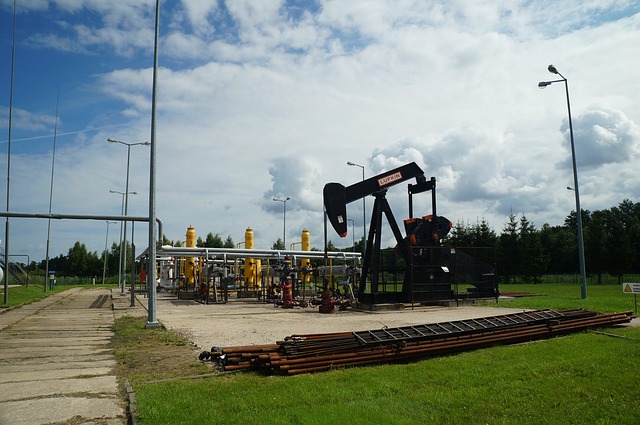When it comes to crude oil and natural gas, these are both fossil fuels that are formed from the remains of both dead plants and animals throughout thousands of years. Furthermore, they consist of various hydrocarbons that are compounds of carbon and hydrogen, and they can both produce energy and be used as a heat source.
However, there is actually a difference between the two substances, the biggest being their overall molecular makeup.
*Crude oil is made up of a more diverse selection of complex hydrocarbons and comes in many different forms. It is able to vary widely thanks in large part to its volatility and viscosity. Because each specific deposit of crude oil has its own unique mix of chemicals, extensive refining is required in order for the substance to be able to be used commercially.
*Natural gas, like crude oil, is also made up of a more diverse selection of complex hydrocarbons. These include gases like propane, butane, pentane, and ethane. Perhaps the best benefit of this particular substance, however, is that the biggest component is methane, which makes natural gas easier to refine in order for it to be used commercially.
Another big different between crude oil and natural gas involve their uses in consumption.
*Crude oil: gasoline, heating oil, diesel fuels, plastics, jet fuel, propane, residential fuel oil, asphalt.
*Natural gas: electrical power generation, residential heating, commercial heating, industrial production.
In terms of how oil and natural gas are formed, here are the basic steps:
*The oil and gas we use these days began originally as microscopic plants and animals that lived in the ocean millions of years ago, and as they lived, they absorbed energy from the sun, which was stored inside their bodies as carbon molecules. When these plants and animals died, they sank to the bottom of the ocean, and as millions of years passed, multiple layers of sediment, as well as other bacteria and plants, were formed.
*Once they started to get buried deeper, heat and pressure started to rise. The increased amounts of heat and pressure, as well as biomass type, is what determined whether the material became oil or natural gas. While more heat produced oil, higher heat or biomass made of more plant material produced natural gas.
*Once both oil and natural gas were formed, they generally migrated through tiny pores found in surrounding rocks. Additionally, it could also migrate to the surface and escape from there. Additional deposits of the substances would also migrate until they were caught under impermeable layers of either clay or rock, where they became trapped. Today, this is where we find all of our oil and natural gas.
In terms of drilling costs, whenever a company is able to successfully identify where oil and natural gas is located, they will then begin planning on drilling an exploratory well. Drilling itself, however, is expensive in cost. In fact, shallow offshore wells or deep offshore wells can cost upwards of more than $15 million each.

